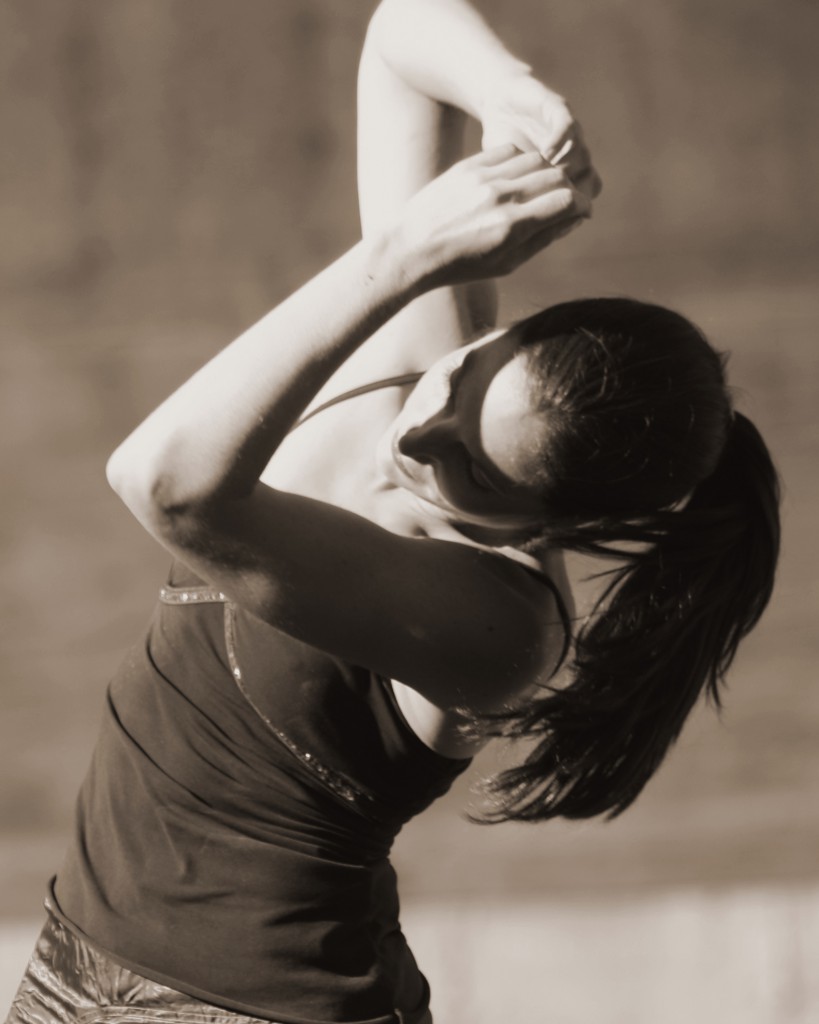 Photo: Pam White
Photo: Pam White
The theme of the dance workshop I taught in Boston yesterday was movement and stillness. Asking dancers to be still is somehow counter-intuitive. After all, we are movers. And yet I find that a stillness practice – consciously alternating between movement and stillness – brings out the color and texture of the moment. It takes us deeper into what is unfolding right here, right now. It teaches us to listen and to see the wildness in the small, the quiet, the humble as well as in the dramatic and the riotous. There is a boldness in stillness, and for the performer, a kind of audacity. We have to trust that our audience will stay tethered to us in the still and the quiet. Like a conversation in which the rushing river of ideas quiets to a lake of receptivity and depth.
I love translating my practices as a dancer into a language for the poet, the painter, the parent, the worker. That is the idea behind my ebook, Breaking into Blossom: Moving into an Improvisational Life. It is about finding a deeper, more embodied creative engagement regardless of your work, your passion. You can order it here.


